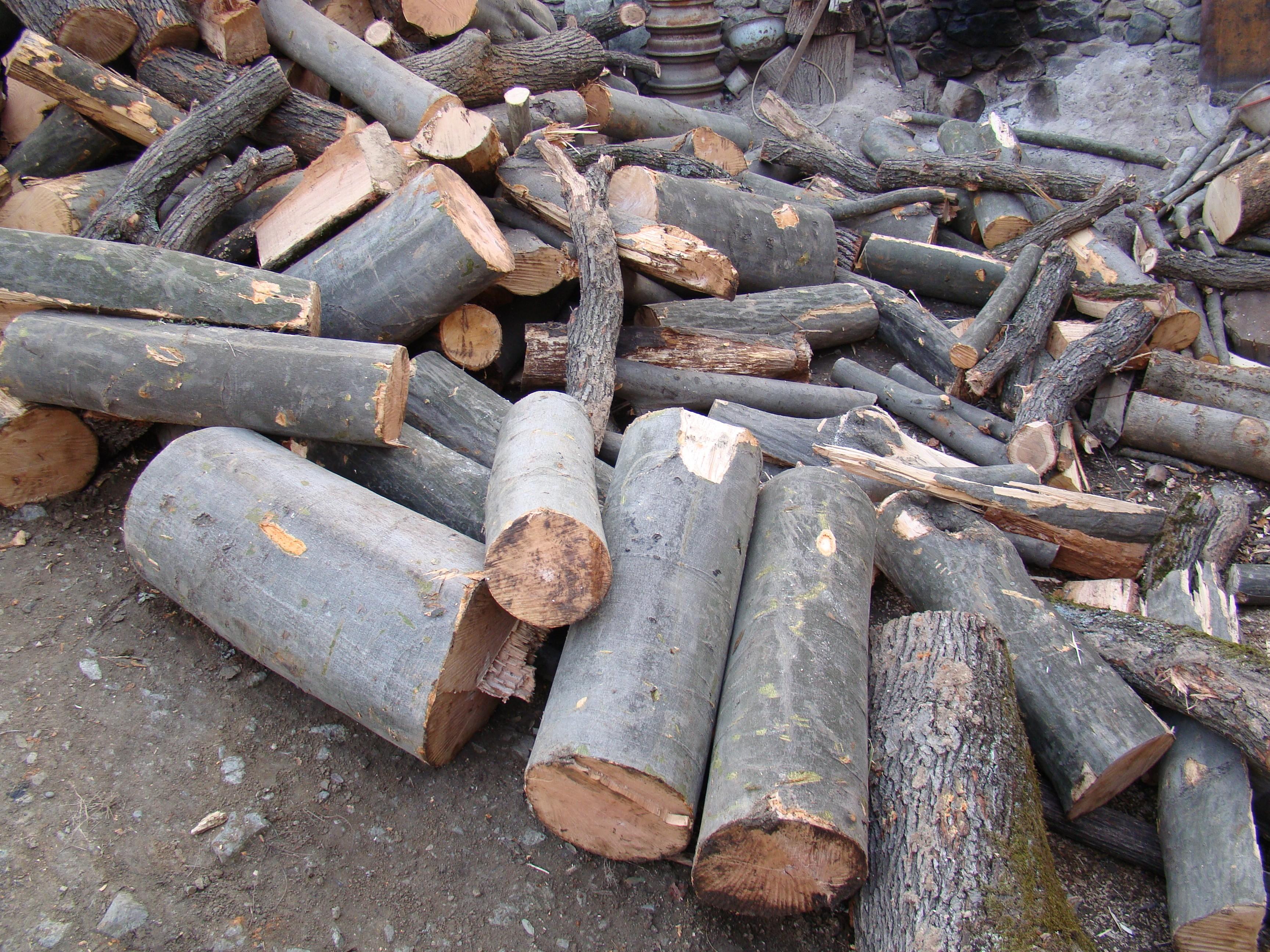
Armenia cuts down its forests for export
According to the Customs Department and the Statistical Office of Armenia, the volume of wood exported fromArmeniahas risen sharply over the last four years. During the Soviet era, the republic imported, rather than exported, wood. Today the nearly forestlessArmeniaexports not only wood products but raw timber as well. These are the volumes (in metric tons) of wood exported fromArmeniafrom 1999-2002:
|
Item |
1999 |
2000 |
2001 |
2002 |
|
Longitudinally cut timber |
107.0 |
1839.7 |
1484.6 |
2291.6 |
|
Raw timber |
484.9 |
977.0 |
483.0 |
2158.2 |
|
Single-layer boards |
133.7 |
46.0 |
112.0 |
243.0 |
|
Wooden building materials, parquetry |
79.1 |
148.3 |
186.7 |
25.9 |
The main export is raw timber, which goes toIran,France,Spain, theUnited Arab Emirates,GermanyandRussia. In 1999, 17 Greek walnut trees, which are registered in the Red Book, were cut down in land privatized by village communities in the Kapan region and in areas belonging to the forestry service. Reports were drawn up on three trees, but only the dates of felling and location of the other fourteen were recorded. Logs and roots from the walnut trees were stored and exported toTurkey,ItalyandRussia. The trees were felled with the written permission of local government.
When we asked Robert Navasardyan, the director of the forestry service of Kapan, how many walnut trees registered in the Red Book had been cut down since 2000, he said, “There are 40 kinds of nut trees in the Kapan forests, who says cutting them down is prohibited? As far as I know, in the past there was only one kind that couldn’t be cut down. This year we haven’t received any complaints about Greek walnut trees.”
But according to Vladik Martirosyan, the former director of the forestry service, the Kapan forests hold only Greek walnut trees, which are both very valuable and endangered. Their wood is used for furniture and luxury car interiors.
Walnut forests are being destroyed in Nagorno Karabakh as well, but more on this at a later date.
According to a 1998 agreement signed with the Yerevan Brandy Company, HayAntar (the country’s forestry service) is to supply the distillery with 2,000 cubic meters of wood for oaken casks a year for 15 years at the price of $120 per cubic meter. But experts say the market value of timber of that quality is $200 per cubic meter. The agreement was signed when Gevork Vardanyan was minister of ecology. According to a government decree, cutting down oak trees is prohibited, under any circumstances. But within the fifteen years of the agreement, 30,000 cubic meters of high quality, often centuries-old oak will be felled, because the government has favored a private company.
Ecological NGOs have sounded alarms about the state ofArmenia’s forests, and are coordinating tree planting, monitoring, seminars, etc. But the reality is that forest razing is organized and encouraged by the state, as it provides government officials with the opportunity to boast about economic growth and trade.
Indeed, Minister of Ecology Vardan Ayvazyan told us with pride that the sale of timber had contributed 1billion.drams (about $1.8 million) to the state budget in 2002. Sadly, the ministry of ecology is busy with everything but protecting the environment. It is this ministry that carries out both the razing and the protection of forests. It is this ministry that presents such high indices. Although the minister told us that he would do everything in his power to prevent trees being cut down inArmenia, looking into the work of various departments of the ministry gave us a completely different picture.
“Today 100 trucks of wood enterYerevandaily via the Sevan-Yerevan highway,” says one ministry employee, “and almost all of them have the documents they need to overcome any obstacle. After they sell the wood they just throw out the papers. Everybody--local police chiefs, employees of the Marzpets’ offices, generals - is involved in the wood business. It is impossible to fight them, unless you have instructions from the top.” He didn’t specify what he meant by “the top”.
We found out that various officials - mainly representatives of the power structures-- are involved in the wood business. In other words, evenArmenia’s forests are divided among the clans. Everyone knows which general controls the forests of Krasnoselsk, which general controls the forests of Lori and Tavush. Thus the statements issued from time to time are meaningless, especially when they are made by the minister of ecology, who himself regulates the felling and, naturally, gets his due each month. A few years ago the president’s Office of Oversight looked into what was happening to the forests, but its findings were never been made public.
Edik Baghdasaryan, Armine Petrosyan
 Videos
Videos Photos
Photos




Write a comment